
Scotland Springer Report and Much More…
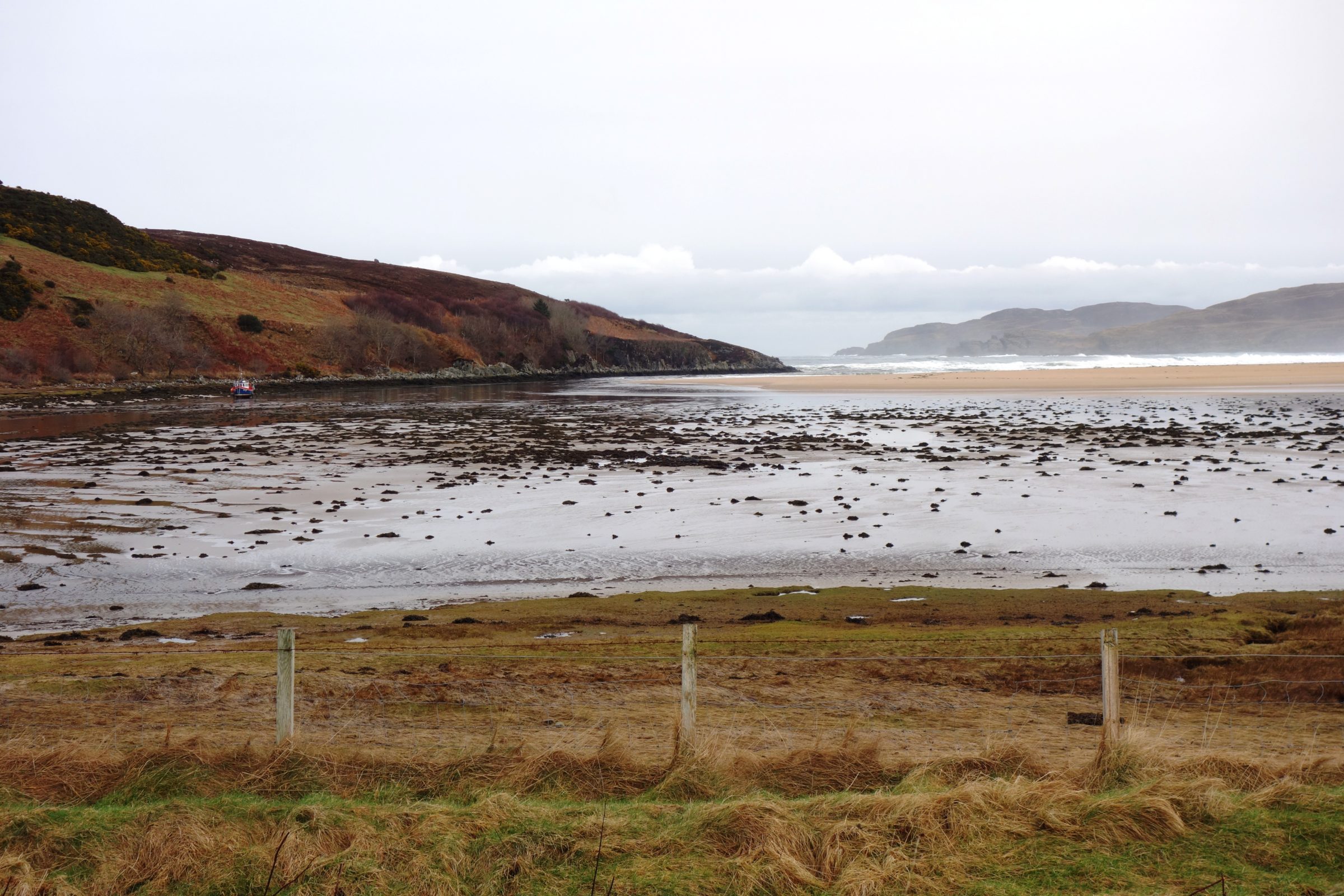
Mouth of Scottish springer river Borgie the day before the Polar Vortex arrived. The Borgie is just west of the Naver on the north coast of Scotland.
Fishing Friends
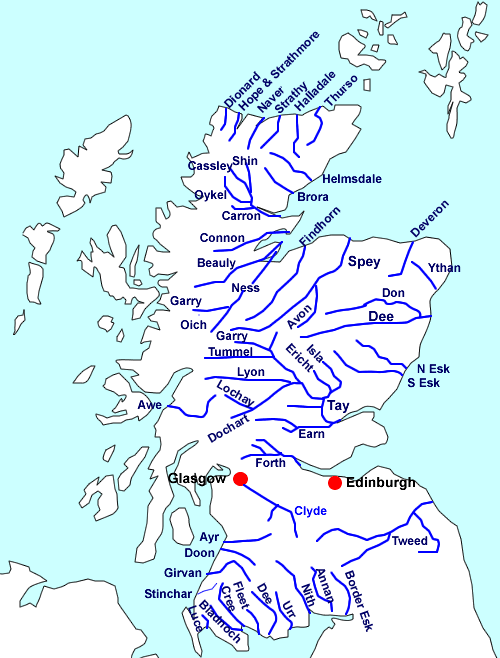
A good map showing many – but not nearly all – of the salmon rivers of Scotland. The best springer rivers are along the north and east coasts.
Bright salmon begin entering some rivers on the north and east coasts of Scotland during December and January. Historically, as some of the older ghillies have told me, when the season opened in January the pools on the middle beats of the River Dee already held a number of salmon which had started to develop slight color in their sides, indicating that they had been there for a while. These fish were joined by fresh arrivals, and by March the fishing for these “springers” was in full swing. To a degree this continues today, and some rivers are famous for this early run. Among those are the Tay, Tweed, Dee and a number of smaller rivers such as the Brora – home-river of the famous Miss Megan Boyd fly tier – Helmsdale, Thurso and Naver. While these names are among the best known, virtually every river along the east and north coast has a sprinkling of springers, and needless to say there is a lot of interest from visiting as well as local salmon fanatics to start their season by catching one.
I started making this pilgrimage myself in 2007 with a trip to the Thurso, and I’ve been back almost every year since. Most of these trips have been to the River Naver which is almost exactly in the middle of the relatively flat north coast of Scotland. Fishing is a matter of searching all week, moving pool to pool on your assigned beats, hoping to put a fly in front of the fish that you occasionally come across. There is a bit of a needle in a haystack element, but when you do come across one it usually takes the fly readily. On the line the springer’s performance is instantly discernable from the more numerous kelts by its strong, lightning-fast movements. There is generally no question as to what you have on the line, and most of us consider the 2 or 3 fish that end up in the net at the end of a decent week as ample reward. Also, and I think with reasonable accuracy, the quality of the early fishing indicates what the fishing will be like for the season as a whole. And generally speaking what we see in Scotland in March is a fair harbinger of summer fishing on the Miramichi. After all, many of the European fish mingle with our Canadian fish in the winter off Greenland, and tough conditions for one are tough for all.
As I reported in my last blog the beginnings of the European salmon fishery this winter appeared good. But it all went to pieces for us on this year’s trip to the Naver with fishing beginning on Monday 3/6. We ran into an almost unprecedented polar vortex.
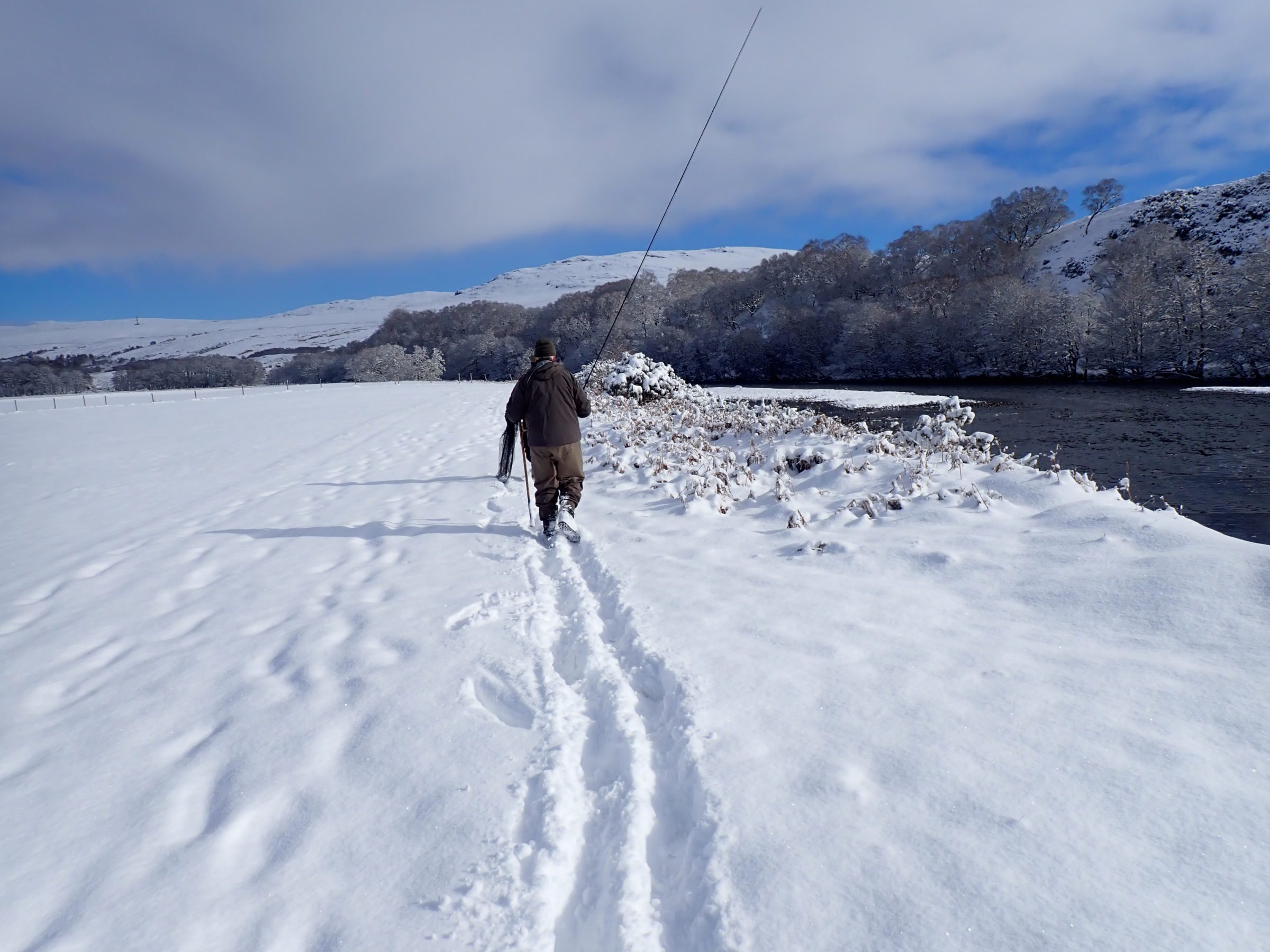
Trudging through snow-covered fields to the next pool on the Naver. We were snapping ice from the guides all day long.
Highs during the day ranged from -1C to the warmest temperature I saw all week of 2C/35.6F. Night time temps were as low as -15C/5F. An icy wind came in off the North Sea and it snowed off and on all week. The small group of Scots that I fish with referred to the conditions as “Baltic.”
On my second pool of the first morning I tied on a Willy Gunn Waddington. This fly has caught more salmon for me than any other fly I’ve used in Scotland. On the advice of our ghillie, I went up a notch in size and used a larger shank that I had tied for spring fishing. When I tightened up my Turle knot I noted that the eye of the large shank was quite a bit wider than I was used to seeing on regular salmon hooks. I held onto the shank and pulled hard on the line. The knot expanded a bit and slid down the eye towards the front of the hook. I was quite surprised. I thought quickly about cutting it off and retying, but instead got a little lazy and slid the knot back into place and tightened a little more. It all looked good then, so I trimmed off the tag and went fishing.
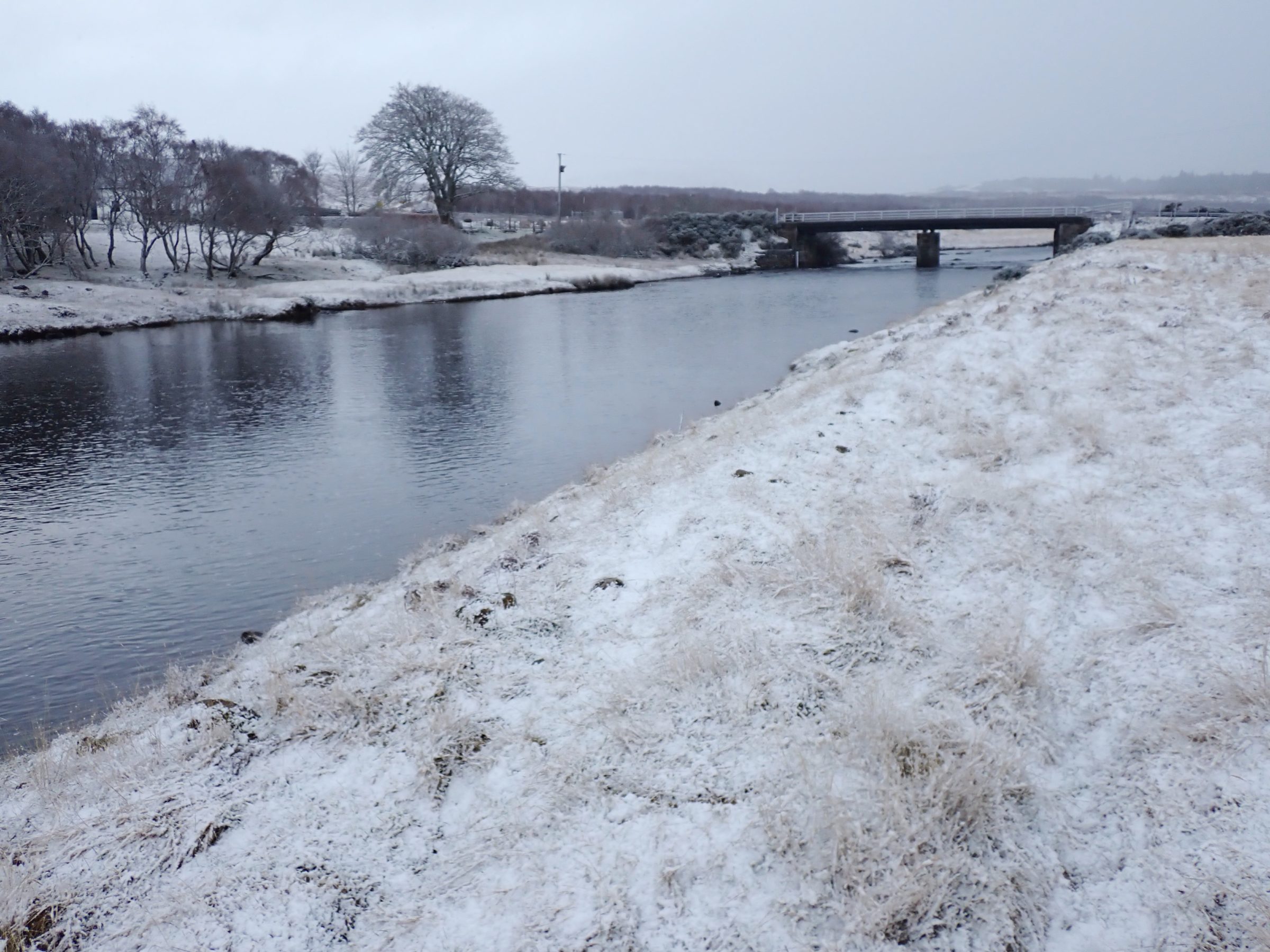
Lower Dalvina Bridge Pool. The lie where my faulty knot was bested by a springer is between the two prominent dark areas on the opposite shore. This moderately paced pool has produced an enormous number of salmon over its long history.
About three quarters of the way down the Lower Dalvina Bridge Pool, in a spot where I have caught several excellent springer salmon in past seasons, I had a jolting strike but no hookup. I stripped in and pulled the fly back out of the water, but to my surprise the fly was gone, replaced by a sickening, twisted pigtail of monofilament. Clearly, I had been hit hard by a springer, and that knot had slipped apart as it stretched across the wide eye of the large Waddington shank. That turned out to be my only contact with a springer for the week!
There were four in our group all week staying at the Hotel Altnaharra, all were very experienced salmon anglers. One of us, Scottish angler Colin Somerville managed to land a beautiful springer and to hook another that jumped its way to freedom. Perhaps it was Colin’s Skullhead Black Monkey fly, or his hand over hand “rolly-polly” retrieve, and perhaps it was serendipity. We’ll never know. Evenings back at the hotel it was a roaring fire, malt whisky and some great, locally produced Scottish fare.
At the Aberdeen airport I ran into Arni Baldursson of Angling Club Lax-a in Iceland. Arni had been fishing on the Dee, and was on his way for a week on the Blackwater River in Ireland where he had great success in 2022. I had been following Arni’s Facebook posts during the week and I knew it had been slow. Still it was surprising to hear that none of his party had a fish. According to Fish Pal the entire river, which fishes over 100 rods had 4 for the week. Arni said that the water height was desperately low. I just looked at his most recent report on Facebook and saw that Ireland is throwing a totally different problem his way. Flowers are up and the grass is green, but the river is running just under flood stage and fishing is nearly impossible. Hopefully that will pass and they’ll have a good spring week on the Blackwater.
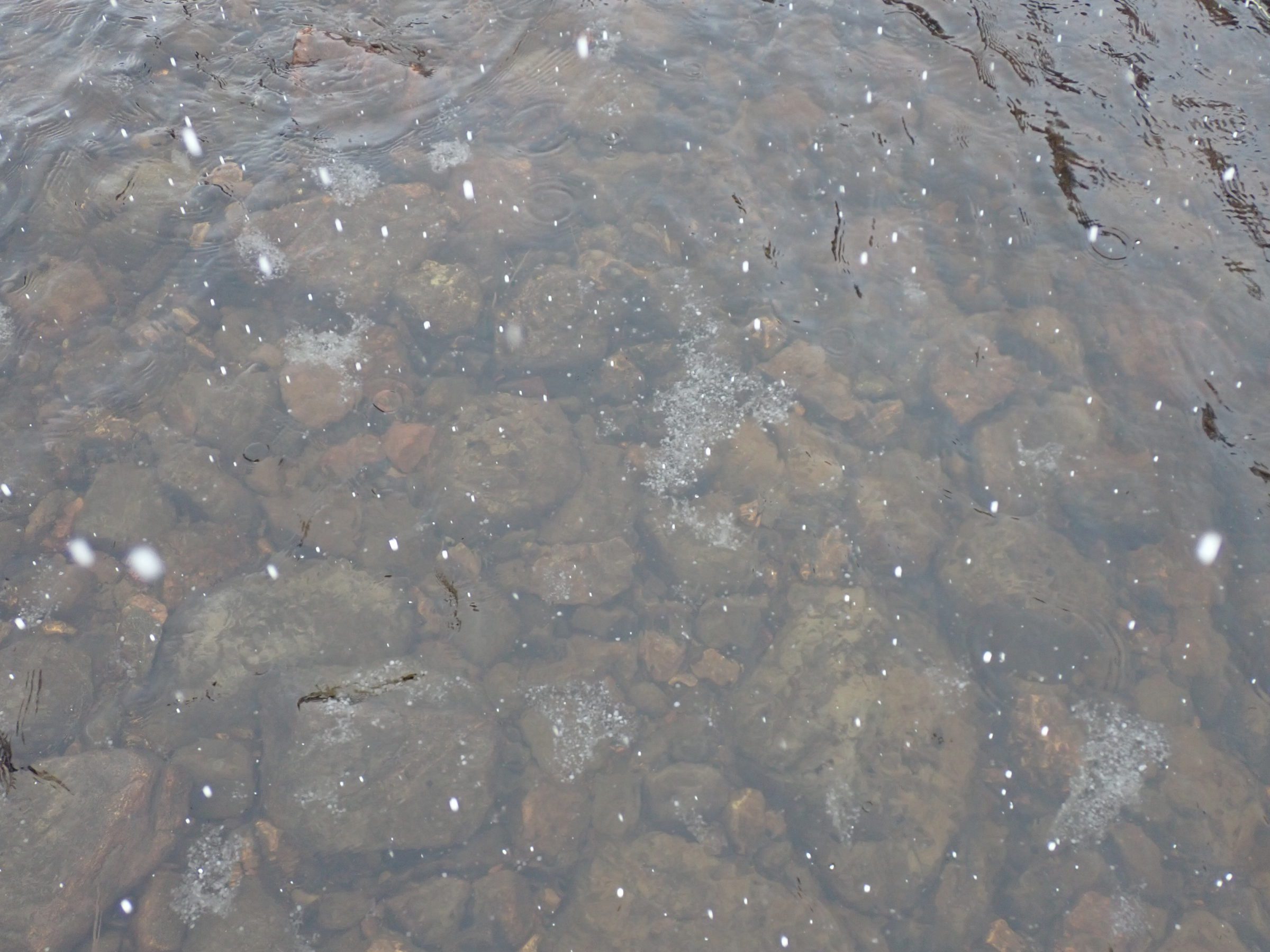
A close up view of the dreaded, float-up bottom ice called grue. We have it on the Miramichi too, but it is not cold enough during our fall fishing season, and the water is too high to produce it where we are fishing in April.
That won’t be the end of this year’s Scotland reports. Fellow MSA board member Ralph Vitale and I are headed back over the last week in March to fish a very well-known, East Coast river called the Helmsdale. The Helmsdale was reportedly closed last week because many of its pools had simply frozen over. We had some ice around the edges of the pools of the Naver, and ice that forms on the river bottoms and floats to the surface called grue was also present to add to the misery. Hopefully we’ll have a much better fishing report from that trip.
Back on Jan 13 I wrote a letter to two Canadian ministers complaining about DFO’s failure to effectively manage the Miramichi’s salmon population, most specifically faulting them for not controlling the outrageous growth in the overly protected striped bass population and failing to follow its federal mandates by not working with citizens and First Nations people to protect their fishery. Here is a link to the blog that carried that letter and asked others to also write. Finally, on March 2nd I received a response from the Regional Director General of the DFO Serge Doucet. I have copied and pasted Mr. Doucet’s response at the end of this post.
I have conferred with a number of MSA board members including a couple of retired fishery scientists with extensive salmon backgrounds. The universal opinion is that Mr. Doucet’s letter is very weak, boilerplate text that offers no substantial defense for the allegations of failure to protect that Atlantic salmon resource. I will be writing a response to Mr. Doucet in the near future, and additional actions are under consideration.
No official announcements have yet been made regarding the future of smallmouth bass eradication and/or possible mitigation measures to be taken in the Miramichi River. The Miramichi Salmon Association and the Atlantic Salmon Federation have both worked hard to get the federal Department of Fisheries and Oceans and the Province of New Brunswick to take action on this issue for more than 10 years. Bureaucracies being what they are, though, nothing substantial has yet been announced to solve this problem. Is it possible that the government of Canada will simply set on their hands while the Miramichi, always a contender for the world’s greatest salmon river, is potentially destroyed by an invasive species? Let us hope that attitude changes soon.
Last blog post I talked about the Fly Line Podcast episode that I did with host Michael Jones. Fly Line just posted another episode with Maine trout guru Bob Mallard. I haven’t listened to it all yet, but what I did hear was very good, and there is some no-holds-barred talk there about the recent history of Maine cold-water species fish management that many of you will want to listen to. Here is a link to the Episodes page of the site. Select from a number of past interviews.
Among the popular items at the MSA US dinners have been paintings from Luther Hall. Luther has donated a lot of work to the MSA over more than 20 years. Recently Luther sent out an e-mail advertising a limited addition of 50 prints of a really great small painting that he did of the Cains River. Luther is now offering signed prints of this painting for just $40. I don’t normally include free ads in my blogs, but given the high desirability of Luther’s Miramichi and Cains River art I think of this as more of a service to our readers. As always I have no financial stake in any purchase or sale.
You can order your copy of this art at this link.
Ice out on the Miramichi will probably be early this year, possibly while I am still on the Helmsdale during the last week of March. The thread of open water shown on the MSA webcam in Boiestown has remained all winter long. The ice cannot be as thick as most years. I’ll be back on April 2nd and will check in on that situation. In any case spring salmon for kelts on the Miramichi begins on April 15, and that just isn’t very far away. It sure will be great to get back on the river.
Thanks for reading. Brad Burns
Response from DFO Regional Director General Serge Doucet
Fisheries and Oceans Pêches et Océans Canada
Gulf Region PO Box 5030
Moncton, New Brunswick E1C 9B6
2023-001-00061
March 2, 2023
Mr. Bradford E. Burns
Dear Mr. Burns:
Thank you for your correspondence of January 16, 2023, addressed to the Honourable Joyce Murray, Minister of Fisheries, Oceans and the Canadian Coast Guard, regarding Atlantic salmon in the Miramichi River, in New Brunswick. I have been asked to respond on behalf of the Minister.
I would first like to acknowledge your interest in and commitment to Atlantic salmon. As you referenced in your message, the long-term decline of Atlantic salmon remains a concern, and Fisheries and Oceans Canada (DFO) is continuing to invest in scientific research as well as engaging with Indigenous peoples, recreational anglers, and other stakeholder groups to promote recovery.
Atlantic salmon populations, across their entire range, are affected negatively at every stage of their life cycle by a combination of factors. While different populations may face different challenges, the most common factors impacting Atlantic salmon across their Canadian range include climate change, habitat degradation, legal and illegal fisheries, and high mortality at sea. Presently, DFO is developing a Wild Atlantic Salmon Conservation Strategy in order to accelerate and coordinate conservation measures across eastern Canada by addressing key threats and working collaboratively with partners.
With respect to Atlantic salmon in the Miramichi River and the points raised in your message, it is important to note that DFO is committed to supporting sustainable and prosperous fisheries through the implementation of the Fisheries Act. The Act specifically mandates that decisions be based on the precautionary approach, principles of sustainability, and the use of robust scientific information. Additionally, climate change considerations are increasingly being integrated into scientific assessments and management decisions. The implementation of warm-water protocols for fishing in the Miramichi River reflects the need to adapt to warming conditions and mitigate the impacts on Atlantic salmon.
The striped bass, which aggregate in the Miramichi River for overwintering and spawning, are critical to supporting the broader Gulf of St. Lawrence population. It remains a unique location as the only confirmed site with consistent spawning success in the region. However, the Department continues to be mindful of interactions with Atlantic salmon. As the population of striped bass increased, DFO has taken a balanced approach to incrementally authorize the opening of the recreational fishery as well as providing access to Indigenous harvesters.
Authorizations for stocking activities or experiments are assessed on a case-by-case basis under the regulatory framework of the Fisheries Act. DFO has a legal responsibility to consider factors which relate to the benefits and risks of the proposed activities on the wild Atlantic salmon population as well as on local Indigenous communities. That said, the Miramichi Salmon Association receives numerous authorizations and scientific permits on an annual basis. These include permits for collecting smolt and broodstock as well as for the release of a limited number of fry under clear conditions. Decisions are reached after careful consideration and communicated to proponents in writing.
Thank you for sharing your thoughts on this matter. Future management decisions will continue to be informed through stakeholder and rightsholder consultations as well as current scientific information.
Yours sincerely,
Serge Doucet
Regional Director General


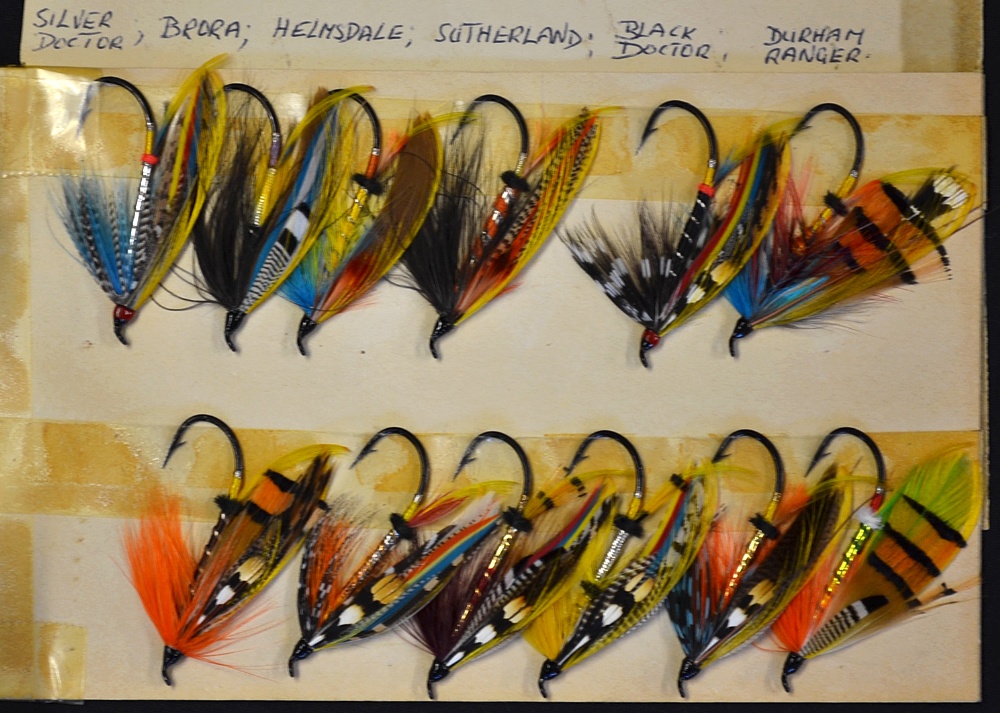
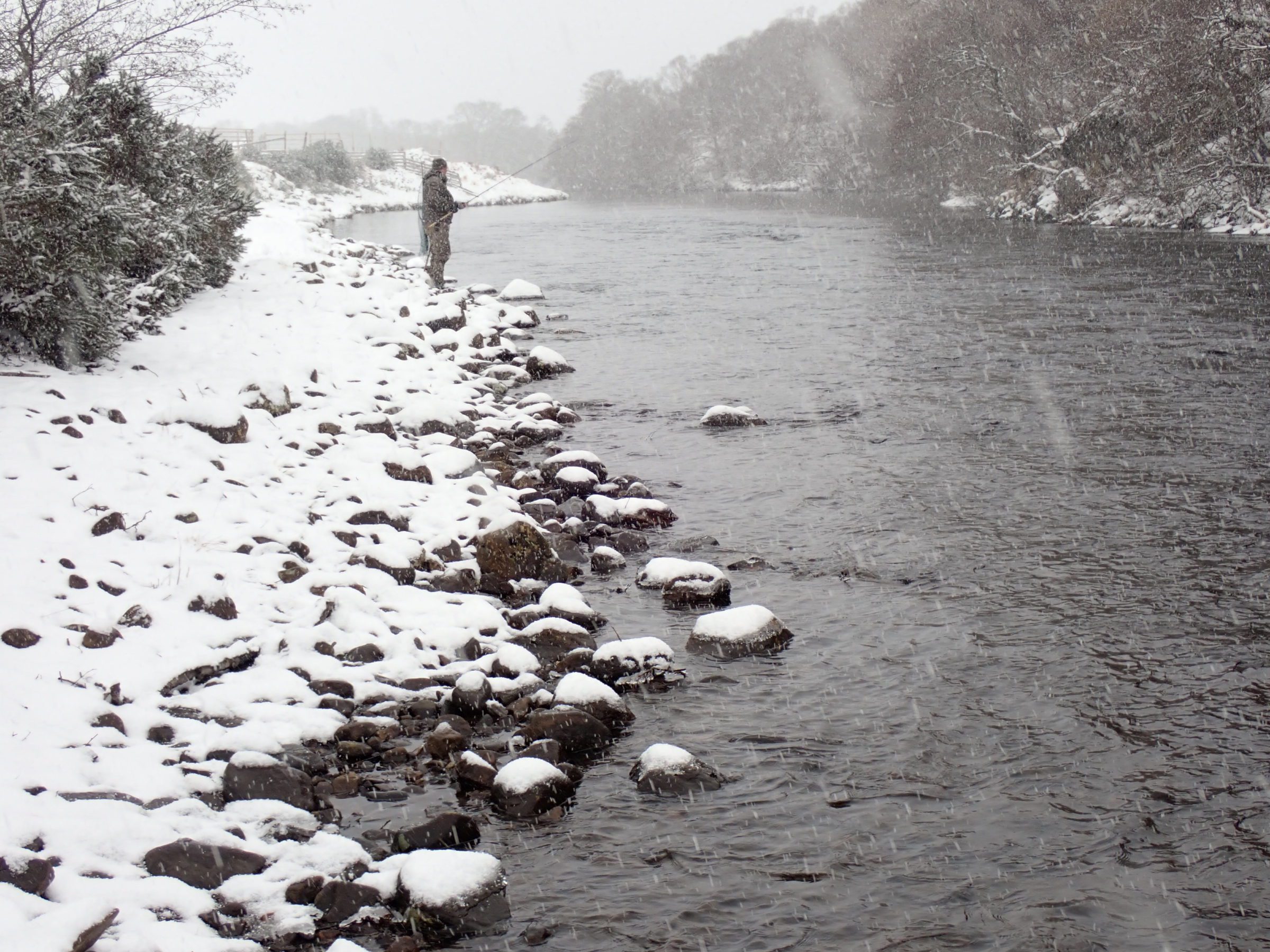
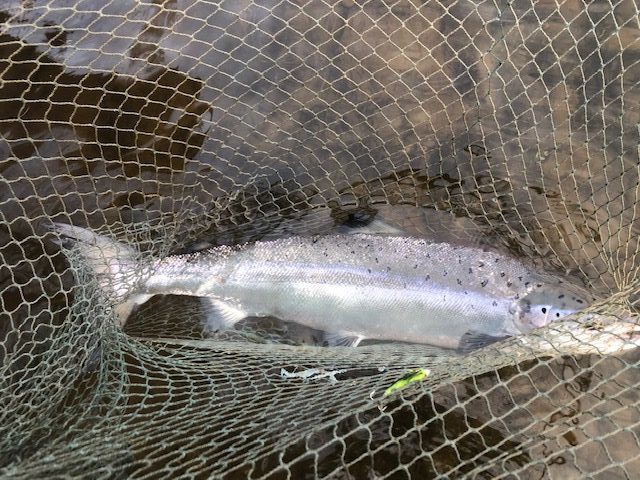
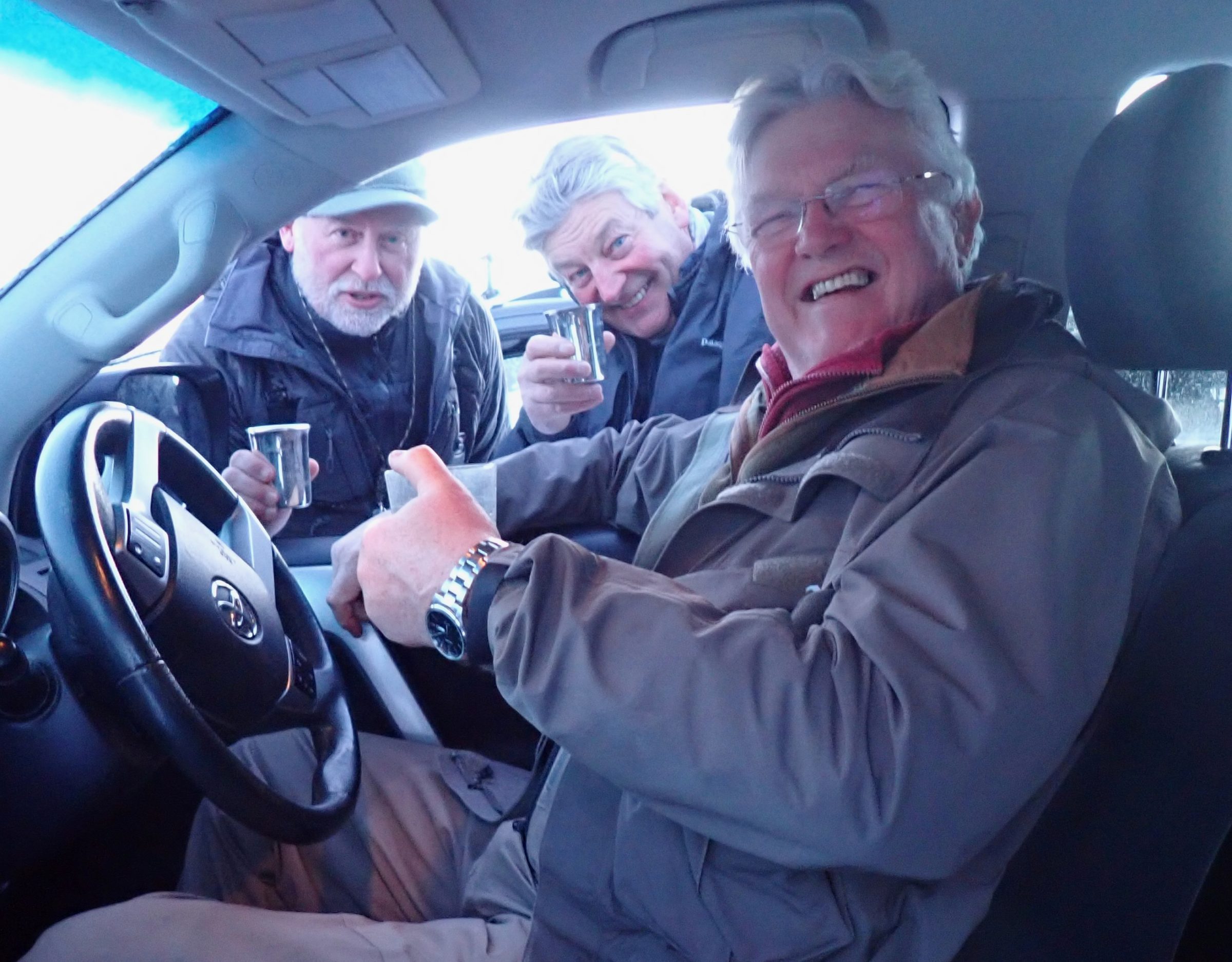
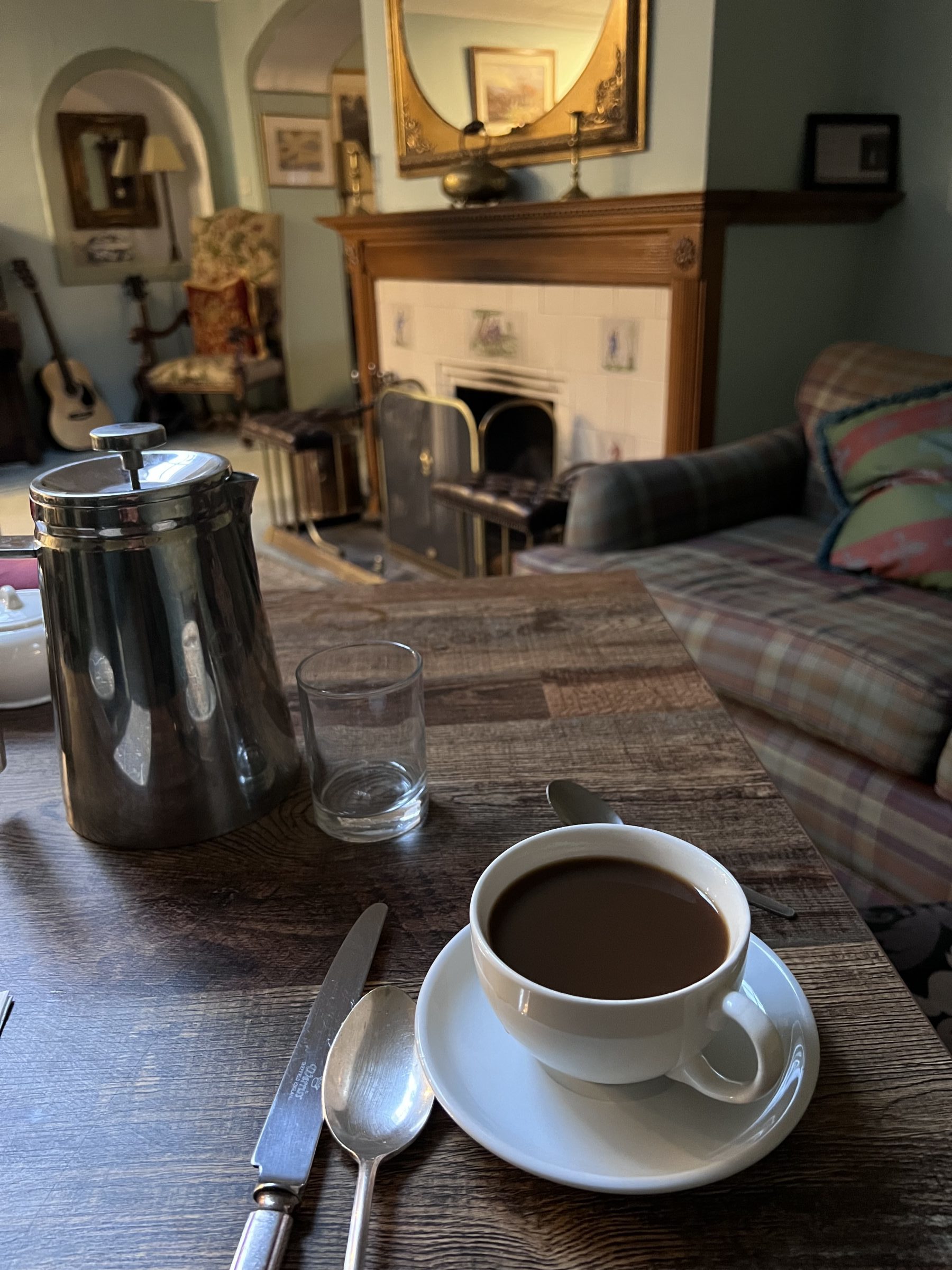

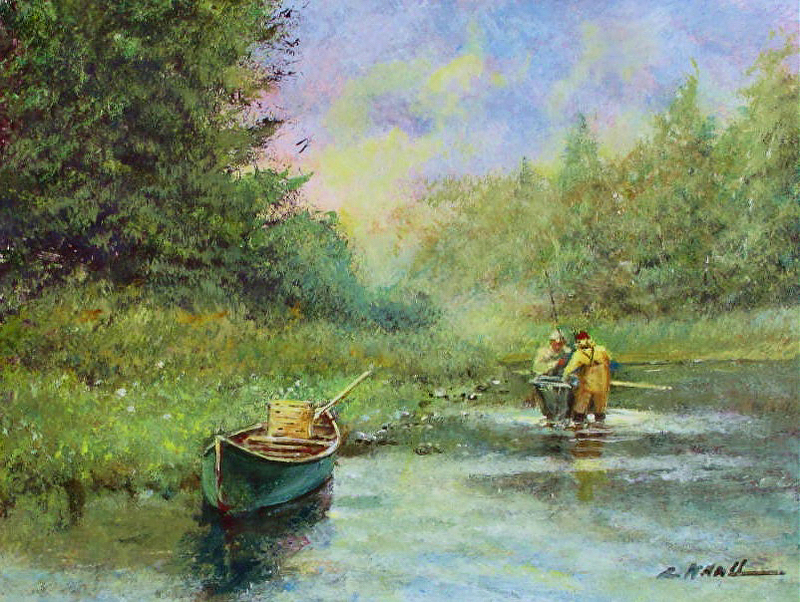
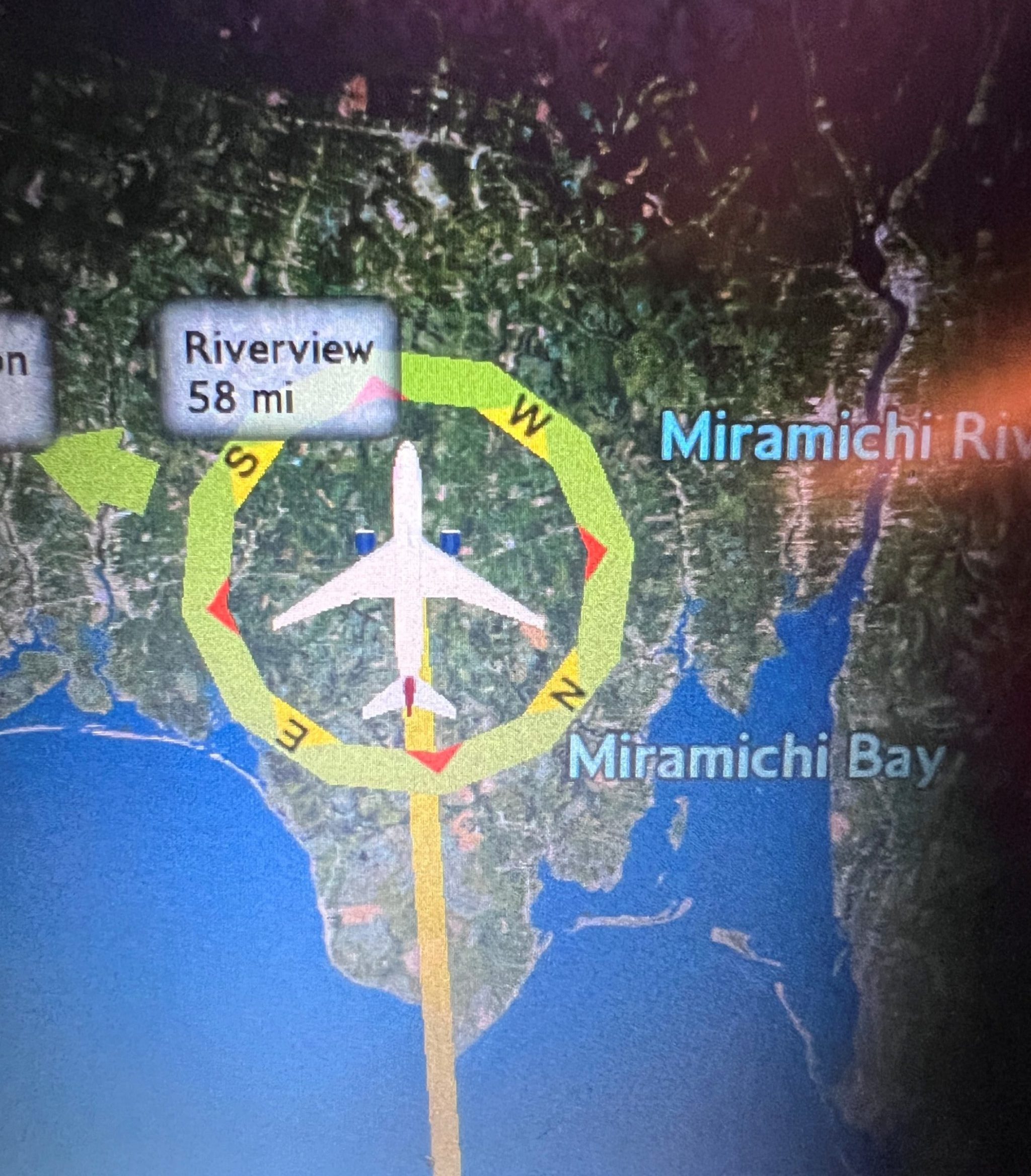
I am disappointed but not surprised by Serge’s response. Until DFO demonstrates real actionable initiatives its support for the revival of the Atlantic Salmon fishery will remain in question. There is a video of the federal opposition party leader talking about stepping up to help the recreational salmon fishery there and perhaps that’s what we need here. It’s a shame that it takes political involvement to address a matter like this but I am not sure what else will. Very clearly our Atlantic Salmon are not priority species for DFO. What a shame.
What a shame indeed. Talk is cheap until you are making the policies, but I sure hope we see a change in Canada. It seems like all the priorities are upside down. I don’t know if you caught the recent article with the First Nation protestors bragging about having been allowed to destroy the effort to remove smallmouth bass from the Miramichi. Where was political leadership when it was needed? They just hid in their offices and filled out some more reports to each other.
Maybe if the small mouth bass and the striped bass were a problem in the famous salmon rivers of Quebec some positive action would be taken.
If it was in Quebec the responsibility would be with the Quebec provincial government and almost certainly there would be positive action taken. I worked for DFO back in the ‘70’s (Science branch) and came to the conclusion that the only way to improve matters was to shut the department down, fire everybody and start all over with the very few scientists who were actually prepared to follow the science rather than the dictates coming from the Minister’s office in Ottawa. I changed careers and left DFO in 1977 t but as a salmon angler heavily involved in conservation organizations, I’ve been around DFO ever since. I haven’t seen anything to persuade me to change my mind about that though a couple of the younger scientists here in Newfoundland have actually published papers in the past year that reveal the truth about the aquaculture industry and it’s negative effects on wild salmon.
I think it would be great if DNR just took over the management of anadromous fish in the Province. People say “what about the cost.”
Well, if DNR didn’t do anything at all except stay out of the way it would be better than the current situation.
You can bet on that. In Quebec the province itself manages its anadromous fish species, not DFO. That is clearly where 90% of the problems lie. DFO is federal agency that really just gives lip service – err maybe not even that – to the local people.
Hi Brad ,
Hopefully your trip next week will bring better fishing and warmer weather . We were skiing today at Crabbe Mt and it was warmer than your days on the River Naver .
Regards
Bryan
LOL. It was highly unusual and is back to more or less normal now with highs in the 40s and lows right around freezing, warmer than NB for sure.
So frigging tired of seeing the same letter from DFO every time someone calls them on there lack of progress in doing anything to save our precious salmon stocks. Look back in the Salmon Journal magazine,I was looking at one from the 80’s we were talking about the same things back then maybe not so much about strip bass but ways in witch to enhance our salmon stocks it seems we just keep posting the same reports over and over. It is unreal that with all the studies we can’t implement something positive. Thank you for letting me rant Wayne
I received even more of a non-answer to my letter (similar in content to Brad’s) from the Premier’s office. It’s hard for me to believe that the DFO employees involved, when they began their careers, were already such duds. One of these days those same employees are going to come up with the ultimate solution to the problem (us in their ears): no more salmon fishing…they’re too close to endangered…not our fault. Just watch.
Howdy Brad,
Thanks for including us on your trip to Scotland. Very interesting.
Perhaps the ministry would entertain a limited commercial fishing season for the bass using long lines. Like the old cod fishing days. Sustainable fishing, employment, revenue generating. Simple culling of the herd. I see many benefits including compramise for everyone including DFO.
Just a thought.
Happy Saint Patrick’s Day–If one is inclined to lean that way.
PS- Loving the books.
Dave O’Haire
Brad – Perhaps you can blame it on the polar vortex (apart from a faulty knot), but as you point out, March fishing in Scotland is usually a pretty reliable harbinger of the coming season on the Miramichi, and your experience on the Naver doesn’t seem to bode well. I hope your week on the Helmsdale gives us greater hope.
Pete
Hi Pete. I think that the extreme weather last week on the Naver can’t be considered when forecasting much of anything. Even though fishing was poor there were still fresh springers coming into the river. I’ll get the latest news during my week on the Helmsdale and a pretty good summary of how the early run went. In about 60 days we can start seeing for ourselves up on the Miramichi!